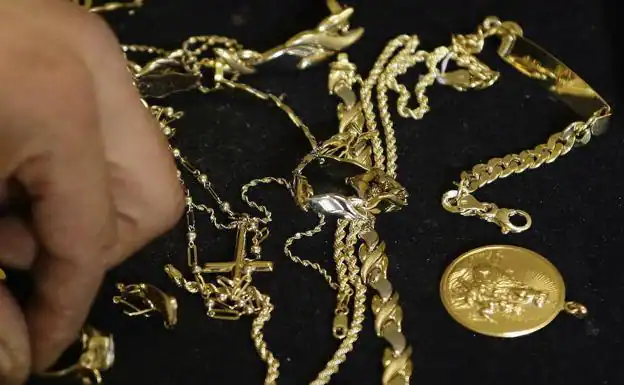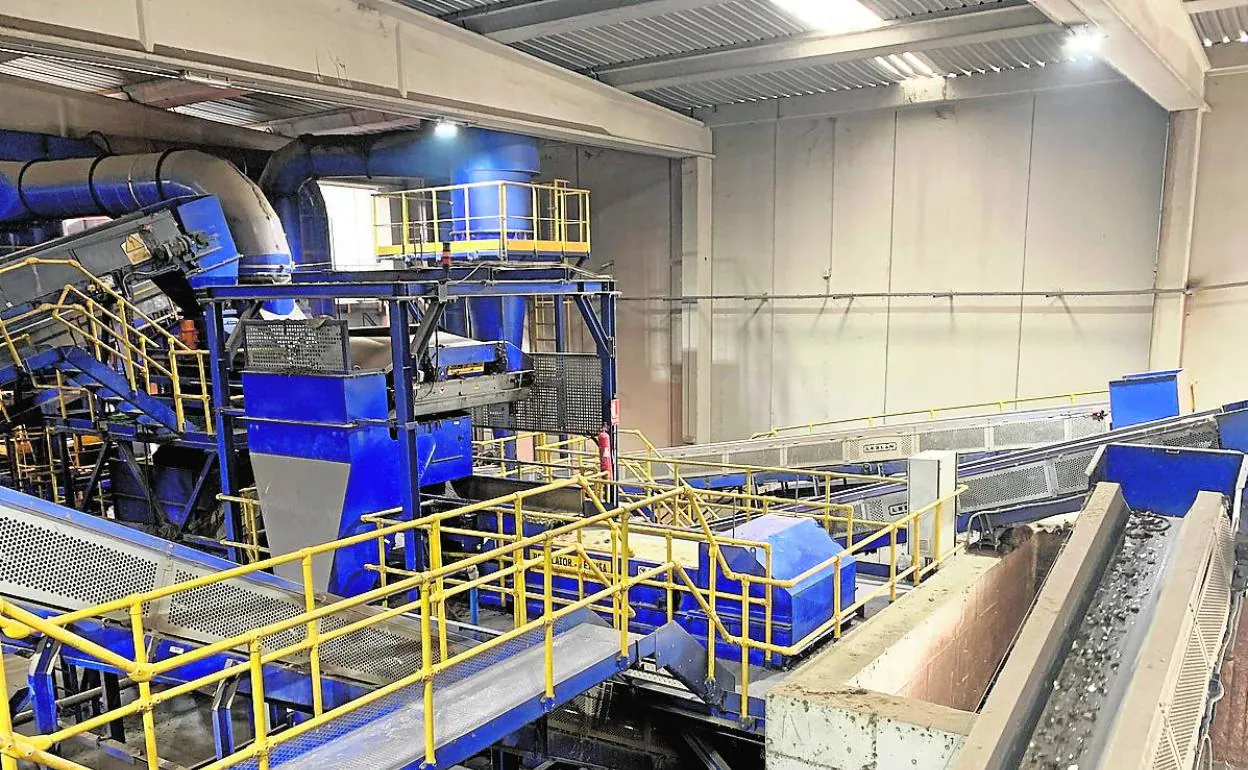Costa refuse plant saves tonnes of unrecycled glass from landfill
JOAQUINA DUEÑAS
MARBELLA.
Friday, 7 January 2022, 13:21
Everyone knows what igloo-shaped bottle banks look like; in fact, glass is one of the items that people recycle most and it is very easy to keep it separate from the rest of the rubbish. That's why it is surprising to learn that last year the Complejo Ambiental Costa del Sol recovered 4,000 tonnes of glass from traditional rubbish bins. This is especially so when you bear in mind that 11,226 tonnes were placed in bottle banks and collected by the Mancomunidad de Municipios' street collection service.
In fact, it represents over one-quarter of the 15 tonnes that are collected altogether. This is by no means an excuse for people not to recycle their glass items, but the environmental complex tries to separate as many recyclable materials from domestic rubbish as possible so they can be used again. In 2017, Urbaser invested in special glass recovery equipment, so that it can be separated from the rest of the organic material.
The company which holds the concession for the plant in Casares treats everything that arrives from the blue, yellow and grey rubbish bins, for example cardboard, plastic and organic waste. Lorry loads of old furniture and other household items are also brought here.
The glass is collected by Ecovidrio, a company which has 3,286 bottle banks on the Costa del Sol. This was the first type of recycling container to be installed in the region and this year marks 30 years since they were first introduced in Spain.
Noticia Relacionada
Treasures found among the rubbish
When the refuse lorries arrive, they unload into big pits. It is easy to see at first glance that recycling is not as common as you would expect, and that among the remains of food and face masks there are numerous yoghurt pots, milk and juice cartons and crisp packets as well as broken jars and bottles and an infinity of coffee capsules and aluminium tops from wine bottles. In fact, the main reason for incorporating new equipment in 2017 was the proliferation of the new types of coffee machines which use capsules, because this changed the way people prepared coffee and created a new waste product.
Huge pits
The operators use big mechanical grabs to remove the rubbish from the pits and place it on conveyor belts to start the process of separation and treatment. Every grab picks up 2.5 tonnes of waste and each operator deals with about 300 per shift.
As soon as the items start to move on the belt, the workers remove bigger ones such as towels, pieces of wood and mattresses during an initial manual sorting process. After that, a second process begins, in which the materials are separated onto different conveyor belts. In total, two kilometres in 167 sections.
After the manual sorting comes the ballistic system, a densimetric table that detects the density of the items through the way they move. Then there are innovative separation techniques, such as bar screens and optical separators, which enable pieces of glass measuring between ten and 50 millimetres to be recovered. Previously, this would not have been possible. After passing through the rubbish containers, the lorries, the pits and the grabs, the glass is in very tiny pieces. Once these have been separated, the machinery propels them into different areas.
Fermentation
The organic waste continues its journey to the fermentation bays. They are in a space which is 13,000 square metres in size, equivalent to two football pitches. This is where the rubbish spends eight weeks in order to ferment, and from there, more glass will be retrieved.
In order for this to be done, the organic waste goes to the refining plant, which as its name suggests, refines it with a final filtering. The material obtained sets off on a new route, from which the organic part will go for compost and the coffee capsules, aluminium strips from the necks of wine bottles and the pieces of glass are deposited in specific containers.
The Mancomunidad's delegate for urban solid waste, Juan Luis Villalón, said: "Thanks to this technology we can recover a lot of material which is potentially recyclable from our rubbish, including glass, which is 100 per cent recyclable."
He added: "By doing this, we ensure that these quantities of glass do not end up in landfill and contaminate the compost which is obtained as the final product after the refinement of the organic waste.
"The large amount we recover shows how important it is to continue to work on information and awareness campaigns so people don't throw bottles and glass jars into the rubbish containers instead of putting them into the bottle banks."

